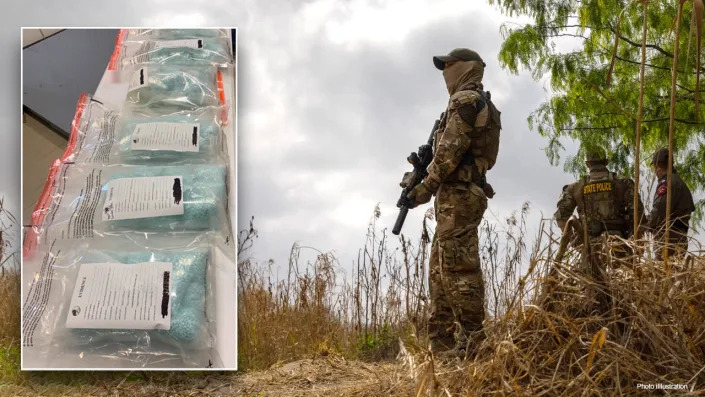China and Mexico took center stage on Tuesday, July26th, as Senators convened to discuss the deadly fentanyl crisis as deaths continue to spike, sparking partisan differences over border security.
Senators on the right and left from the Health, Education, Labor, and Pensions Committee highlighted the rise in fentanyl overdoses in each of their states, pointing to the largest increase in U.S. overdoses from the deadly drug in half a century.
“In 2021 we saw the largest annual increase in opioid deaths in 50 years, and the 35 years between 1979 and 2016 600,000 Americans died due to overdose and 100,000 died last year,” Louisiana Republican Sen. Bill Cassidy said.

Democratic Sen. Patty Murry of Washington pointed out that “because fentanyl is up to 50 times stronger than heroin and 100 times stronger than morphine, two milligrams can be a lethal dose.”
“From April 2020 to 2021, synthetic opioids – mostly illicit fentanyl – were responsible for nearly two thirds of all overdose deaths,” she added.
However, while senators on both sides of the aisle agreed that the fentanyl crisis needs to be stopped, the partisan debate over border security once again presented itself.
“We have to recognize that a policy at the border which has been feckless and ineffective as this administration has had, not just allows people to come here who are illegal. It allows drugs to come across as well,” Cassidy said in his opening statement. “We’ve got to control that border.”
Sen. Chris Murphy pushed back on GOP arguments that illegal drugs were crossing the borders through the same methods as migrants and pointed to testimony given by Senior Policy Advisor to the Director of National Drug Control Policy, Kemp Chester.
“The preponderance of the drugs do come to the existing ports of entry,” Chester explained, adding that initiatives to bolster screening processes through the ports of entry would help crackdown on illicit drug transfers.
A lot of our colleagues think that by putting up this wall on the border, you’re going to stop fentanyl from coming into the country. The reality is that fentanyl is coming in through the ports,” Murphy said. “So we can make investments but the idea that it’s the unwalled portions of the border where the fentanyl is pouring in is just not what the facts bear out.”
GOP Sen. Roger Marshall of Kansas negated this argument and said, “It goes without saying with an open porous southern border the supply is abundant driving the street price down.”
He then turned the discussion to China’s role in failing to catch underground labs operating in China and then smuggling drugs laced with fentanyl into Mexico or even into the U.S. under what Cassidy said were “glaring loopholes in our customs system.”
“Cartels will ship Chinese-made fentanyl into our country by mail, claiming the contents of the package is worth less than $800 which is the threshold for paying tariffs,” Cassidy said. “Because if it’s declared as less than $800, Customs and Border Protection does not inspect the package, and it passes through.”
Some lawmakers expressed exasperation over China’s infamously overbearing government which has been apparently unable to effectively stop the flow of deadly drugs out of its country.
Chester told Cassidy that the U.S. is working with the People’s Republic of China to crack down on these underground labs, but acknowledged there has been “uneven progress.”
Source: Excelsior





